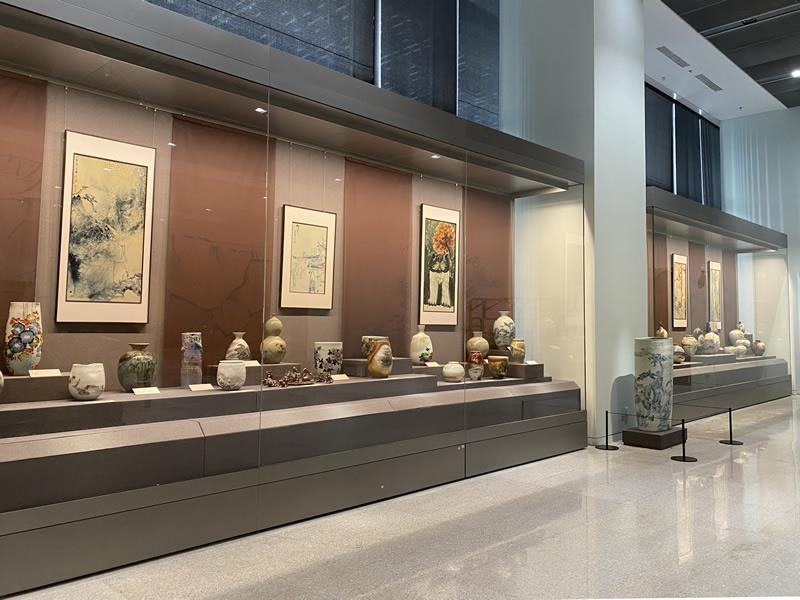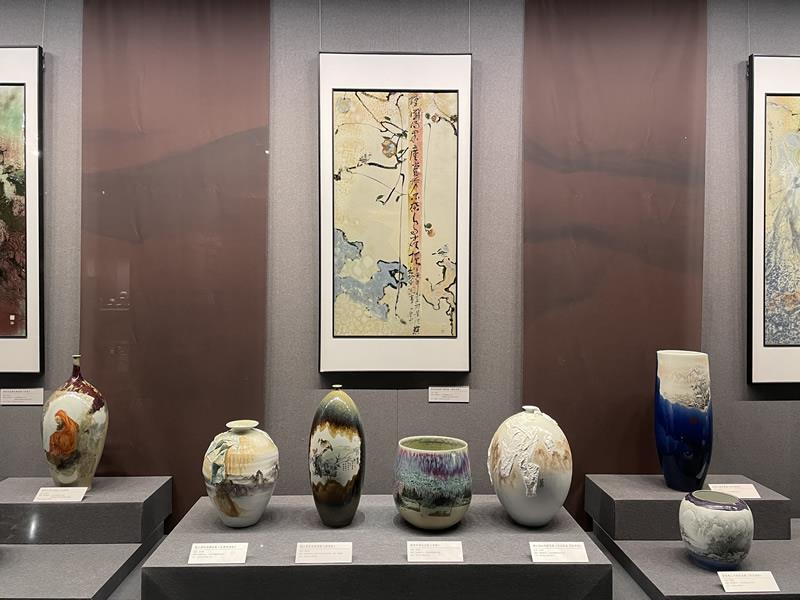Manufacturing and Firing Techniques of Wood-fired Ceramic Kiln in Jingdezhen
2023-01-01
The 1,000-year-old kiln of China's porcelain capital Jingdezhen, Jiangxi province, have produced the brilliance of Chinese ceramics and illuminated the path of global ceramics.
Tang Ying, the imperial kiln supervisor of the Qing Dynasty (1644-1911), once said: "The success of porcelain relies on the kiln fire”. That fire originates in the kiln, the womb where clay and glaze merge and are reborn as ceramic art. To understand the making of ceramics, one must start with the kiln.
For centuries, the construction and firing techniques of kilns have continuously evolved, preserving their essence while embracing innovation. Today, the ceramic artisans of Jingdezhen, through relentless research, exploration, improvement and test firings, have developed an artistic wood-fired kiln known as “Song”, “Na”, “ Chai”, and “ Qi”.
“Song” signifies the use of wood as fuel, with falling ash forming the glaze; “Na ”represents the integration and innovation of various crafts; “Chai” refers to the myriad transformations within the kiln, imparting natural colors; and “Qi ” indicates the beauty of small objects and the grandeur of large pieces.
This type of kiln can not only recreate ceramic works from various historical periods of Jingdezhen, but also fully meet the firing conditions for contemporary ceramic art, vividly showcasing the magical allure of "one color entering the kiln, a thousand colors emerging”.

The exhibition features over 100 pieces of art fired in the wood kiln, created by dozens of the Chinese masters of arts and crafts, national-level intangible cultural heritage inheritors, Chinese ceramic art masters, professors and provincial-level masters of arts and crafts. These works, produced using the “Song Na Chai Qi” kiln, demonstrate the historical significance and contemporary value of modern artistic ceramics and wood-fired kilns.

 Whats On
Whats On  Whats On
Whats On 

